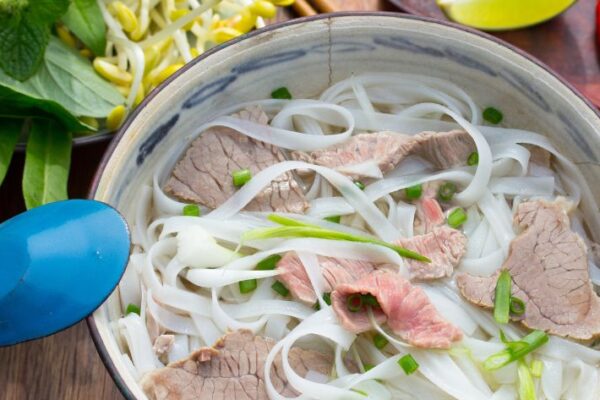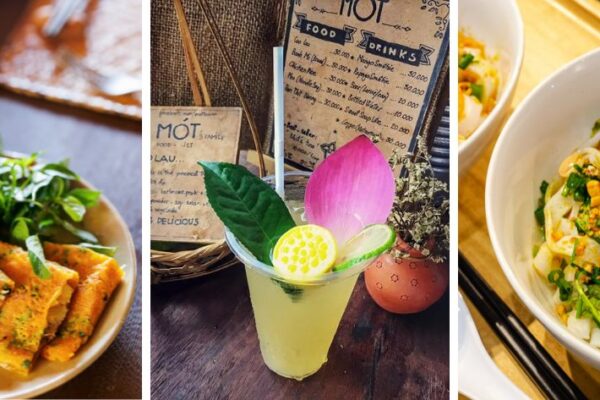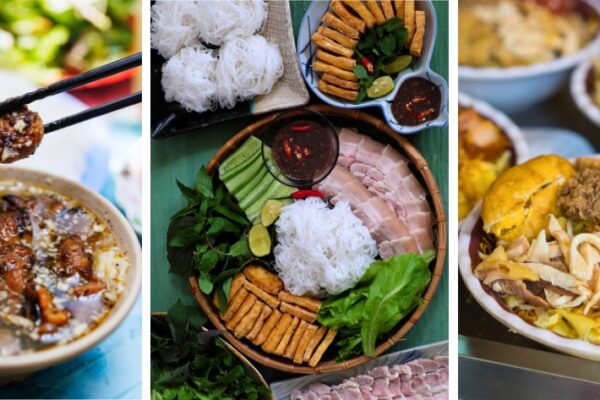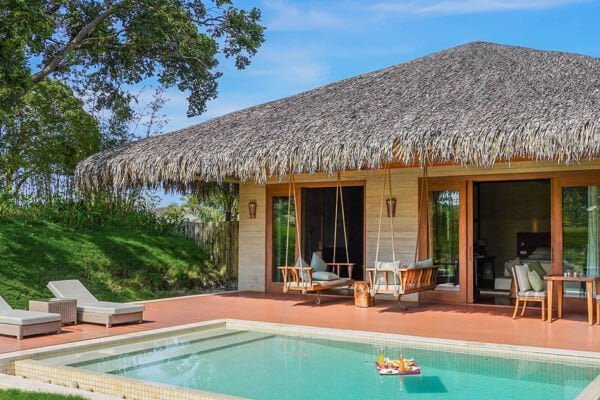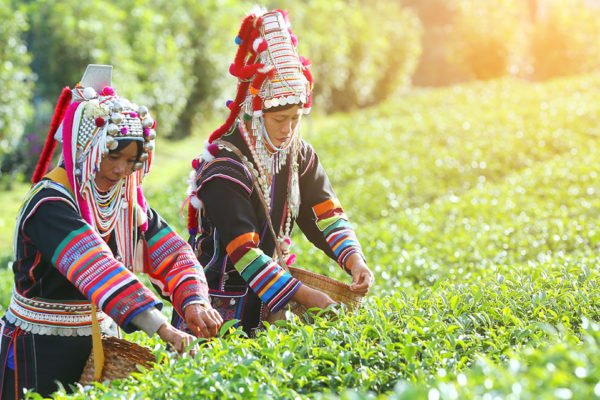Bangkok Food Tour Meets City Culture: Explore Its History Through The Flavors
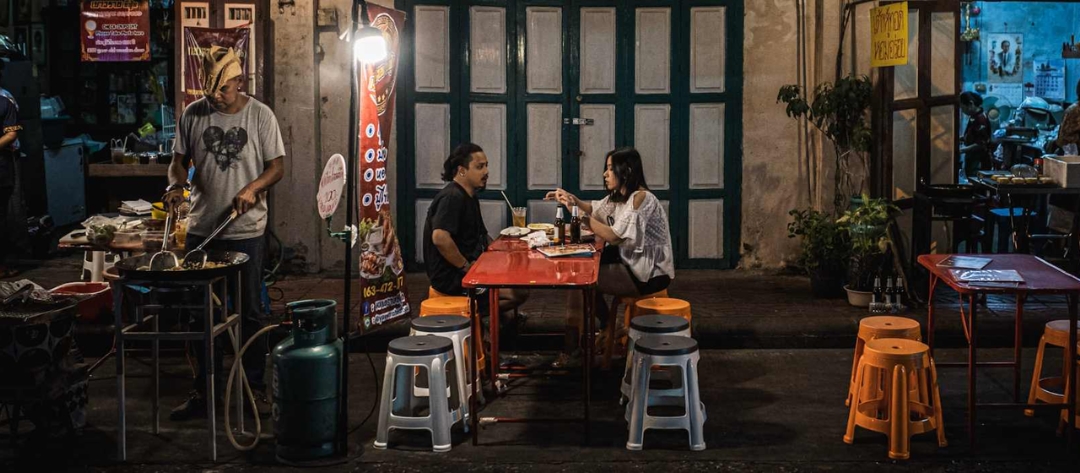
Bangkok food tour is your gateway to uncovering the vibrant soul of Thailand’s capital through its diverse cuisine. As a dynamic city where royal heritage meets modern energy, Bangkok invites you to explore its rich history not in museums, but through the dishes served at bustling street corners, family-run eateries, and hidden culinary gems. Each flavor tells a story — of ancient recipes, local traditions, and cultural evolution. Join us on this delicious journey and experience Bangkok in the most authentic way: one bite at a time.
Historical Developments of Bangkok Culinary
- Early Beginnings: Riverside Roots of Bangkok’s Street Food
Bangkok’s street food culture began along the Chao Phraya River, where early vendors sold simple, hearty meals to laborers and traders. These meals were quick, nourishing, and essential for people without time or means to cook. This riverside food economy became the foundation of what would later evolve into a central experience of any Bangkok food tour.
- Urban Expansion and Cultural Influence: A Melting Pot of Flavors
During the 19th and early 20th centuries, Bangkok welcomed migrants from China, India, and across Southeast Asia. These communities introduced their spices, ingredients, and cooking methods—like stir-frying and deep-frying—which blended with Thai flavors. This fusion shaped many of the iconic street foods seen in the city today.
- Birthplace in Chinatown: Where Thai Street Food Took Shape
Yaowarat, or Chinatown, is considered the origin of modern Thai street food. Chinese immigrants established permanent stalls here in the late 1800s, offering dishes like stir-fried noodles, soups, and grilled meats. Dishes such as pad thai and khao pad emerged from this early fusion, and the area remains a street food hub to this day.
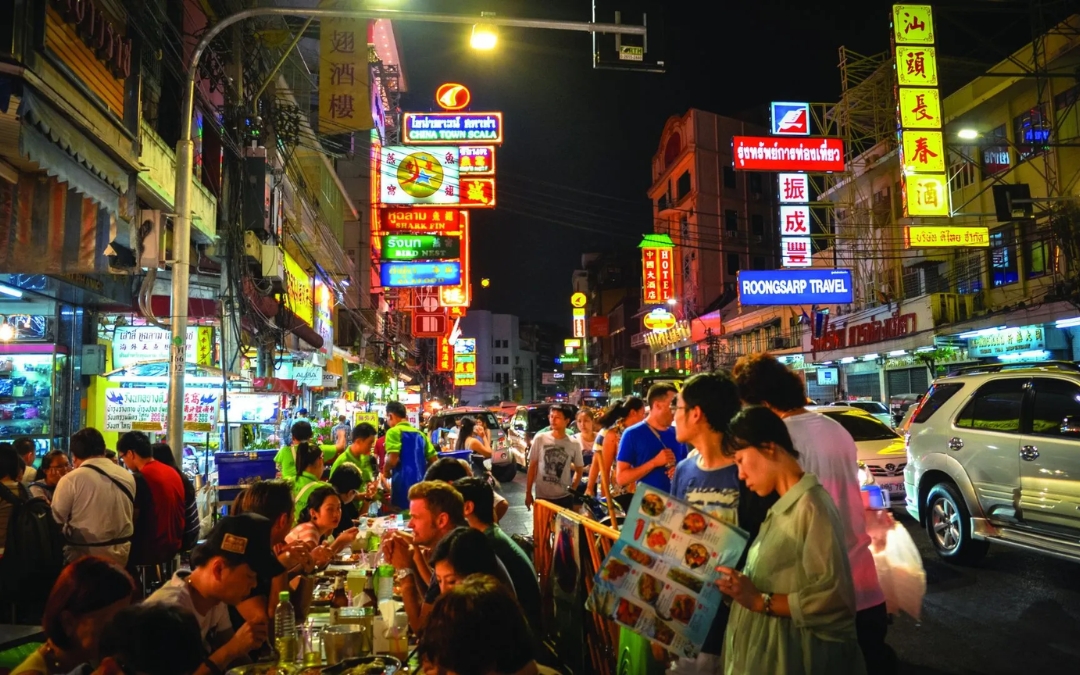
Chinatown gave birth to Thai street food’s bold and bustling identity.
- Rapid Urbanization: The 1960s Boom and Changing Lifestyles
The 1960s saw rapid urban growth in Bangkok. As people moved to the city and traditional home cooking declined, food vendors filled the gap. By the 1970s, street food had become part of daily life, with vendors perfecting a few signature dishes that mirrored homemade meals and met the needs of busy workers and families.
- Floating Markets: The Aquatic Predecessors of Modern Food Stalls
Before roadside stalls, Bangkok’s floating markets served food directly from boats. These markets date back to the Ayutthaya period (1351–1767), where meals and fresh produce were sold along canals. Though modern commerce shifted to land during King Rama V’s reign, the spirit of accessible, local food lives on through street vendors.
- Cultural Icon: Street Food as Bangkok’s Living Heritage
Street food is a vital part of Bangkok’s culture today. From morning markets to late-night carts, vendors serve dishes rooted in family recipes and local identity. Areas like Talat Phlu and Sam Yan are famous for their specialties. Through these flavors, the story of the city continues to be told—vivid, local, and deeply authentic.
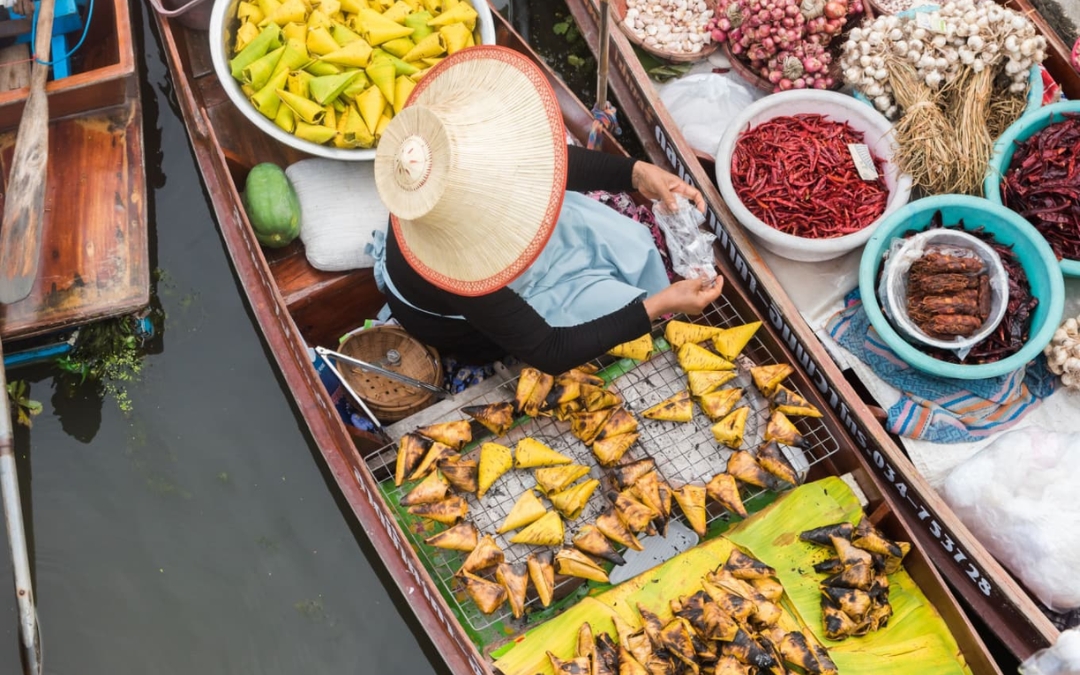
Floating markets once set the stage for today’s dynamic food stalls.
>> Read More: Thai Food Guide – 9 Flavoring Dishes You Should Try
Bangkok Food Landscape Nowadays
Street Food: The Soul of the City
Street food is not just typical in Bangkok—it’s a way of life. From dawn till late night, sidewalks transform into sizzling kitchens. At spots like Yaowarat (Chinatown), Ratchawat Market, and Victory Monument, visitors can enjoy Pad Thai cooked over charcoal, freshly pounded Som Tam, grilled seafood, and even desserts like khanom buang (Thai crepes).
Many vendors have been perfecting their recipes for generations, turning humble carts into culinary landmarks. The low prices, speed, and bold flavors make Bangkok street food ideal for travelers wanting to eat like locals.
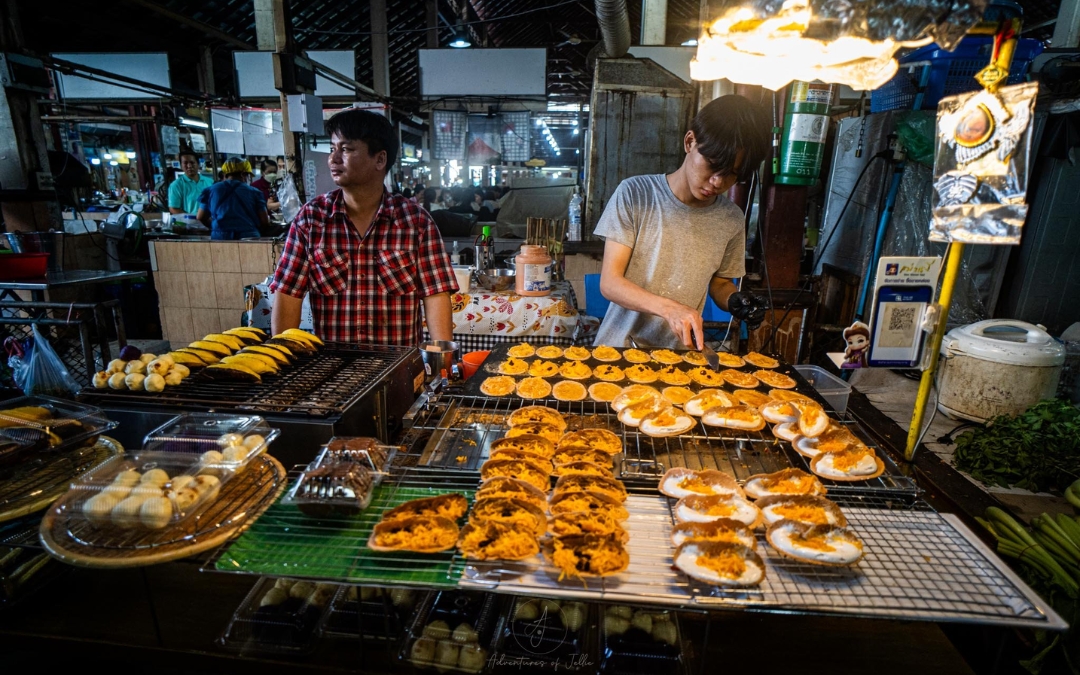
Street food captures the pulse and flavor of Bangkok’s everyday life.
Fine Dining: Thai Cuisine Reimagined
In recent years, Bangkok has emerged as a fine dining destination. Restaurants like Bo.lan, Paste, and Sorn (2 Michelin stars) are redefining Thai food through meticulous technique and elegant plating.
These venues often source organic and regional ingredients, showcasing forgotten heirloom recipes or interpreting ancient royal Thai cuisine with modern finesse.
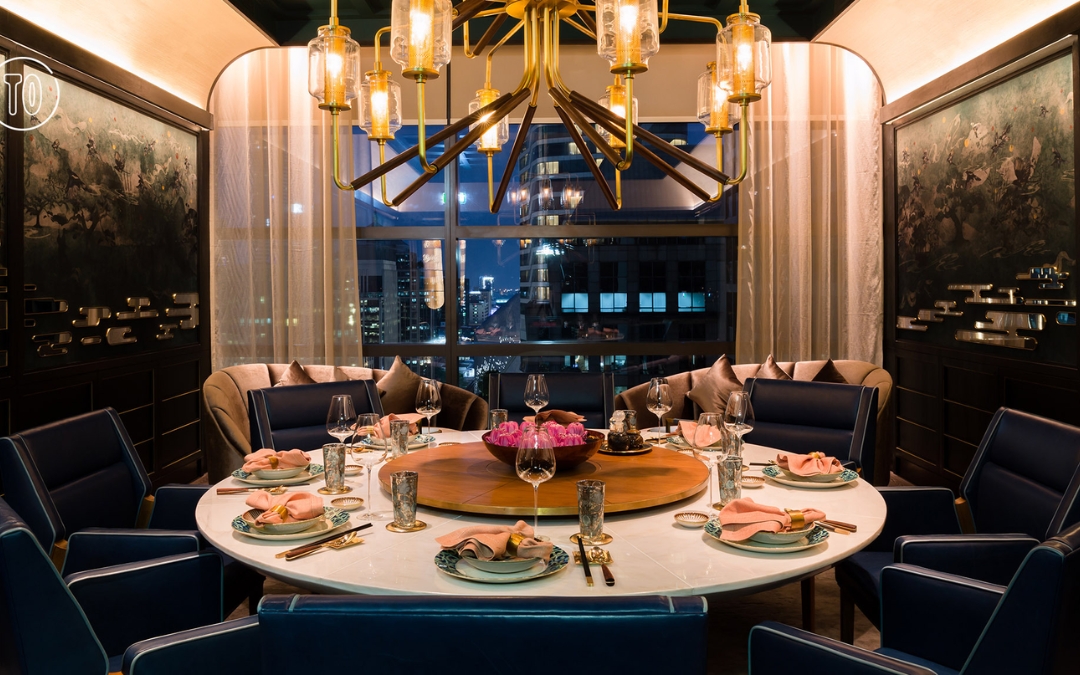
Chefs reimagine Thai cuisine through bold flavors and refined plating.
Global Influences: A Culinary Crossroads
Bangkok’s strategic location and migrant history have shaped a food scene rich in global influences. Chinese-Thai cuisine is deeply embedded, seen in kuay teow rua (boat noodles), ba mee moo daeng (egg noodles with red pork), and dumplings.
Indian flavors appear in roti stalls, curry shops, and spice-forward dishes like khao mok gai (Thai biryani). Malay and Muslim communities bring satay, massaman curry, and southern specialties, especially in areas like Bang Rak and Ramkhamhaeng.
Michelin Stars: Prestige Meets Authenticity
Bangkok’s food credibility has skyrocketed thanks to the Michelin Guide. While fine-dining spots like Sühring and Le Du have earned stars for innovation, what makes Bangkok unique is its street food’s place on the list.
Jay Fai, the legendary wok-wielding chef known for her crab omelets, became world-famous after receiving a Michelin star, without changing her open-air setup. This recognition proves that in Bangkok, excellence comes in all forms, whether in a luxury restaurant or a smoky roadside stall.
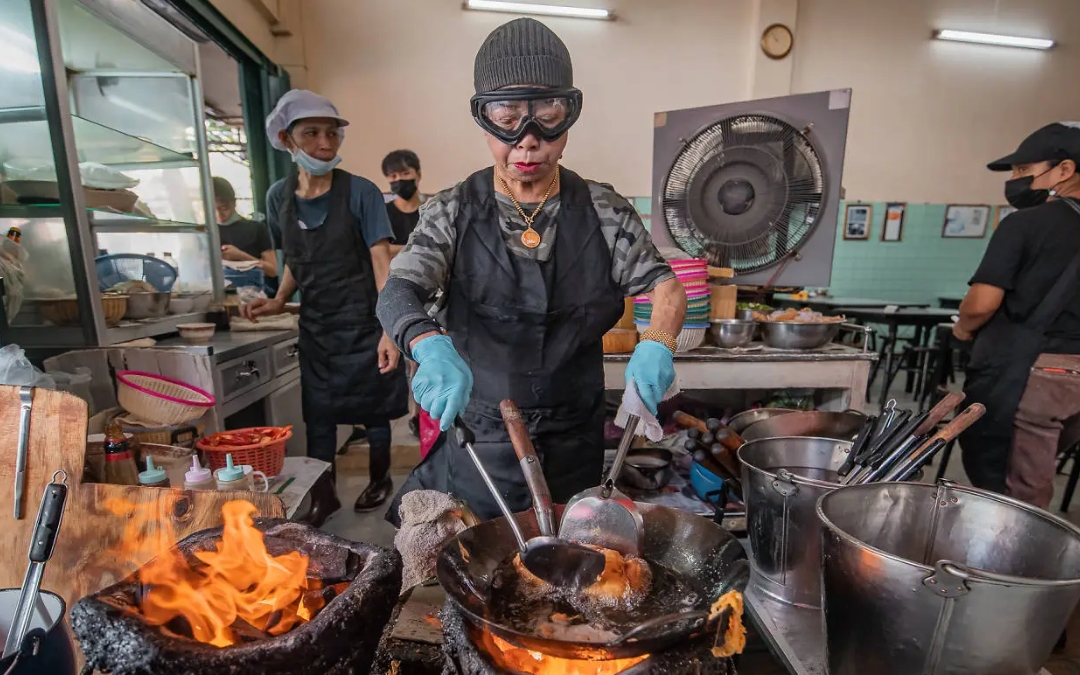
Jay Fai’s Michelin stars honor authentic Thai street flavors with flair.
Regional Variations: Thailand’s Flavors on One Table
Bangkok is a melting pot of regional Thai cuisines. In one market, you can taste the tangy heat of Isaan salads from the Northeast, the rich, Muslim-influenced curries of the South, or the herbal broths from the North.
Markets like Or Tor Kor and food halls in IconSiam or Terminal 21 offer curated selections of these regional dishes, while districts like Bang Na or Lat Phrao often have entire streets dedicated to regional fare. This diversity makes Bangkok an ideal place to taste the culinary geography of the entire country.
Popular Dishes: Bangkok’s Must-Eats
Several dishes define Bangkok’s culinary identity. Pad Thai, while globally famous, takes on new life when stir-fried fresh in the streets. Som Tam, served with sticky rice and grilled chicken, delivers a bold punch. Tom Yum Goong, with lemongrass and chili heat, reflects the central Thai flavor profile.
Mango Sticky Rice, especially during mango season (April–June), is a must-try. And don’t miss Khao Man Gai (chicken rice), Hoy Tod (oyster omelet), and Khao Moo Daeng (barbecue pork with rice), served in countless local joints that thrive on repeat visits from loyal regulars.
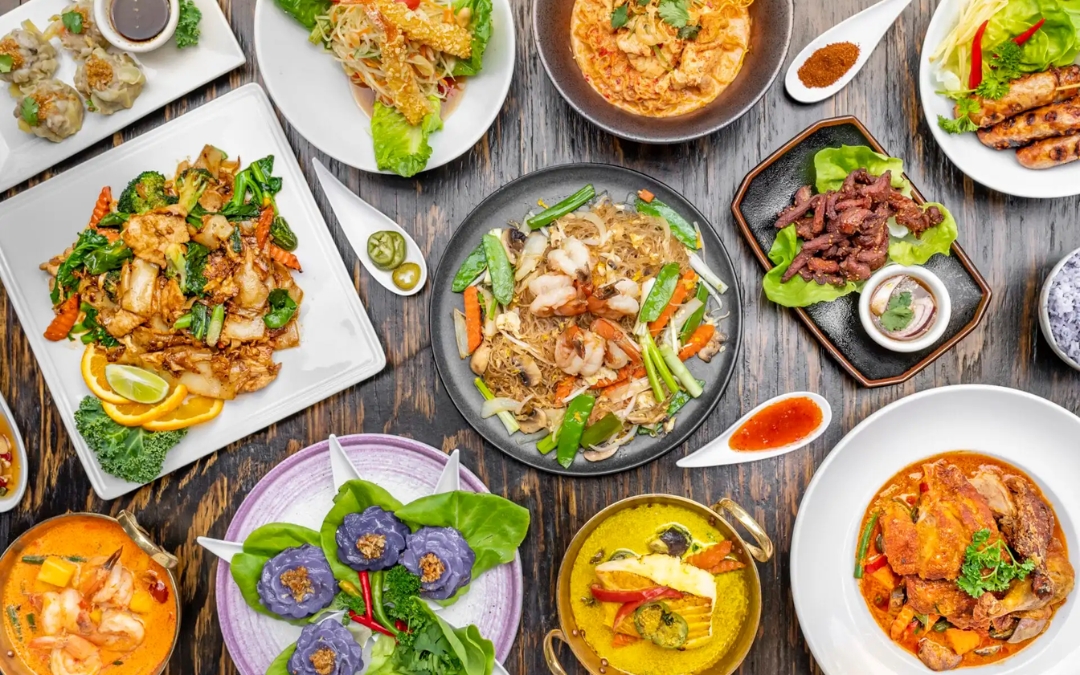
Bangkok’s must-eat dishes range from pad Thai to mango sticky rice.
>> See Tour: Best of Thailand Tour Package
Exploring Historic Districts Through Bangkok Food Tour
Bang Rak – The Village of Love
Tucked along Charoen Krung Road, Bang Rak is a neighborhood where food and history intertwine. Once a bustling riverside trading port, this area evolved into a culinary melting pot, with family-run eateries and century-old recipes passed down through generations. Colonial-era buildings still stand beside small noodle shops, adding charm to every bite.
Bang Rak is also home to the historic Bangrak food tasting and culture tour, a curated experience that takes visitors through local legends, hidden eateries, and the district’s layered past. From crispy duck stalls that supply five-star hotels to hole-in-the-wall dessert shops, the area offers a unique look into Bangkok’s food heritage.
The name “Bang Rak” is steeped in folklore. Some say it originates from the rak tree that once grew along the canals; others trace it to the word raksa—meaning “to heal”—later shortened to rak, or “love.” Either way, it’s a fitting name for a district where warmth, tradition, and food come together. On Valentine’s Day, couples line up at the Bang Rak district office to register their marriage, hoping to begin their journey in the “Village of Love.”
For food lovers, a walk through Bang Rak is a stroll through living history—flavored with love, spice, and stories waiting to be tasted.
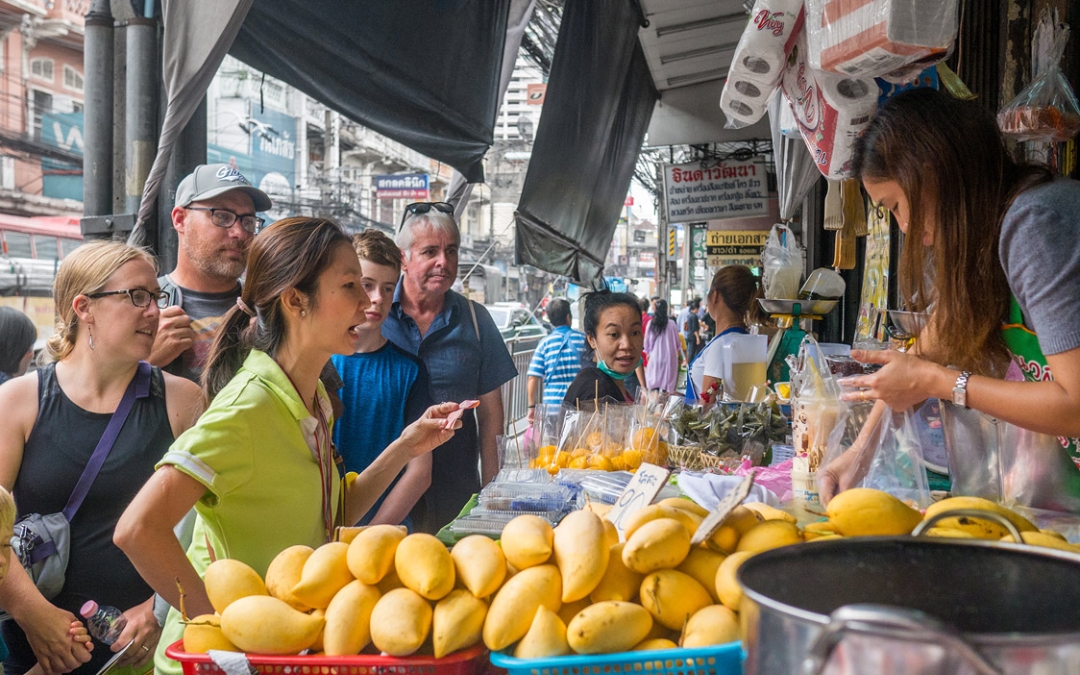
Bang Rak, once a trade hub, now thrives as Bangkok’s “Village of Love.
Yaowarat – The Flavor-Filled Heart of Chinatown
Yaowarat, Bangkok’s Chinatown, is where bold flavors, glowing neon lights, and centuries of culture converge. As one of the oldest neighborhoods in the city, it offers a rich tapestry of Thai-Chinese heritage, visible in its temples, markets, and especially its cuisine.
By day, Yaowarat bustles with activity—vendors preparing roasted duck, dim sum steaming in bamboo baskets, and gold shops glimmering beside historic shophouses.
By night, the streets transform into a food lover’s paradise. Food carts line the sidewalks, offering everything from Nai Ek’s roll noodles to T&K Seafood’s grilled prawns, crispy oyster omelets, and sweet coconut desserts like kanom pang (crispy toast with toppings).
But food is just the beginning. Visitors can explore landmarks like Wat Traimit, home to the world’s largest solid gold Buddha, or stroll through Talat Noi, where colorful street art and antique architecture reveal the district’s multi-layered past.
Yaowarat is more than a destination—it’s an experience that blends flavor, faith, and festivity. Whether you’re sipping herbal drinks from a street cart or sharing dim sum in a decades-old diner, the neighborhood invites you to taste tradition in its truest form.
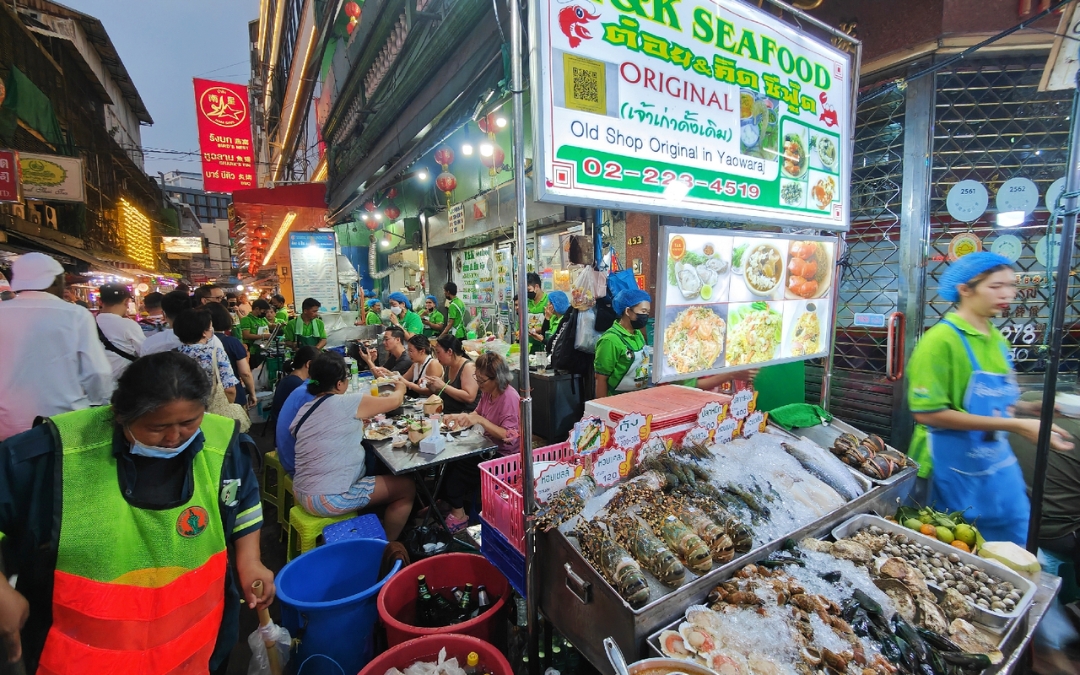
Yaowarat’s T&K Seafood anchors Chinatown’s vibrant culinary scene.
Tips for An Enriching Food Tour Experience In Bangkok
- Come hungry and curious: Arrive with an empty stomach and an open mind—Bangkok’s food culture is full of surprises. From charcoal-grilled skewers to tangy papaya salad, be ready to try dishes you’ve never tasted before.
- Choose the right time of day: Mornings are perfect for market visits and local breakfasts like jok (rice porridge), while evenings come alive with sizzling street stalls and glowing neon signs. Night tours often offer the most variety and atmosphere.
- Go with a local guide when possible: A good guide knows where the hidden gems are and can explain the cultural stories behind each dish. They’ll help you navigate local customs, flavors, and neighborhoods you might otherwise miss.
- Try sweets and local drinks too: Thai food isn’t just spicy—make room for mango sticky rice, coconut desserts, or Thai-style toast with condensed milk. Don’t forget to sample iced teas, herbal drinks, or fresh sugarcane juice.
- Respect the vendors and local ways: Wait your turn, return your dishes neatly, and greet vendors with a smile. A simple “khop khun krub/ka” (thank you) shows appreciation and often earns a warmer welcome.
- Adjust for spice and allergies: If you’re spice-sensitive, say mai phet (not spicy) or phet nit noi (a little spicy). If you have food allergies, it’s helpful to carry a translation card with clear Thai phrases.
- Bring small cash and plan ahead: Most stalls don’t take cards, so keep small bills handy. To avoid crowds, explore popular areas like Yaowarat or Chatuchak Market earlier in the day or after dinner time.
- Blend food with sightseeing: Many great food spots are close to temples, old neighborhoods, or riverside walks. Turn your tour into a full cultural day by visiting Wat Traimit, Talad Noi, or the Old Customs House in Bang Rak.
- Stay cool and comfortable: Bangkok is warm year-round, especially when walking between stalls. Wear breathable clothes, pack water, and don’t hesitate to pause at a shaded café or local drink stall.
>> Read more: How To Plan A Trip To Thailand
Savoring Bangkok’s Heritage One Bite at a Time
From sizzling skewers at night markets to heirloom recipes in old neighborhoods, every stop on a Bangkok food tour reveals layers of the city’s history, culture, and spirit. Each bite connects you with generations of cooks, with local traditions kept alive through humble dishes and vibrant street corners. Exploring Bangkok through its flavors offers a deeper understanding of how this city breathes, celebrates, and evolves—right on the plate.
If you’re craving a journey that blends taste, culture, and discovery, let Asia Pioneer Travel build your personalized Bangkok itinerary. We’ll help you craft a flavorful adventure that suits your interests, pace, and curiosity—whether it’s sampling legendary street food, joining a local cooking class, or wandering through historic markets.
